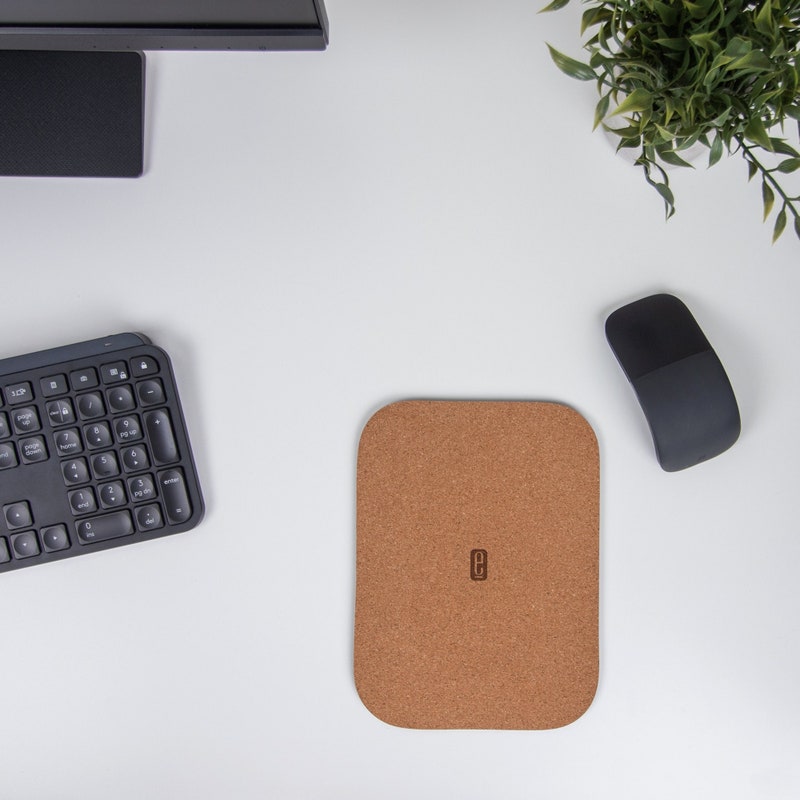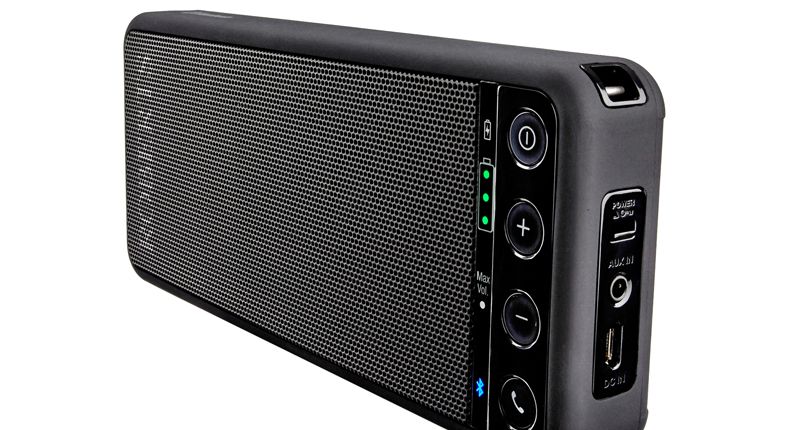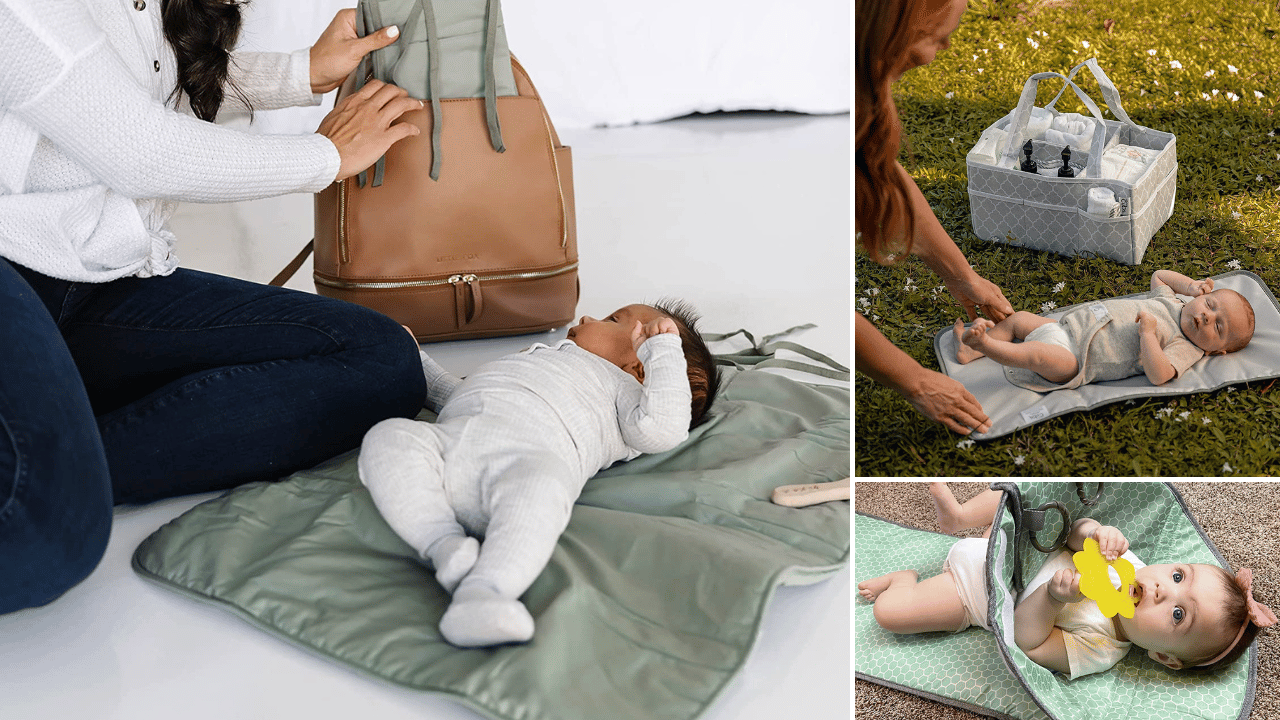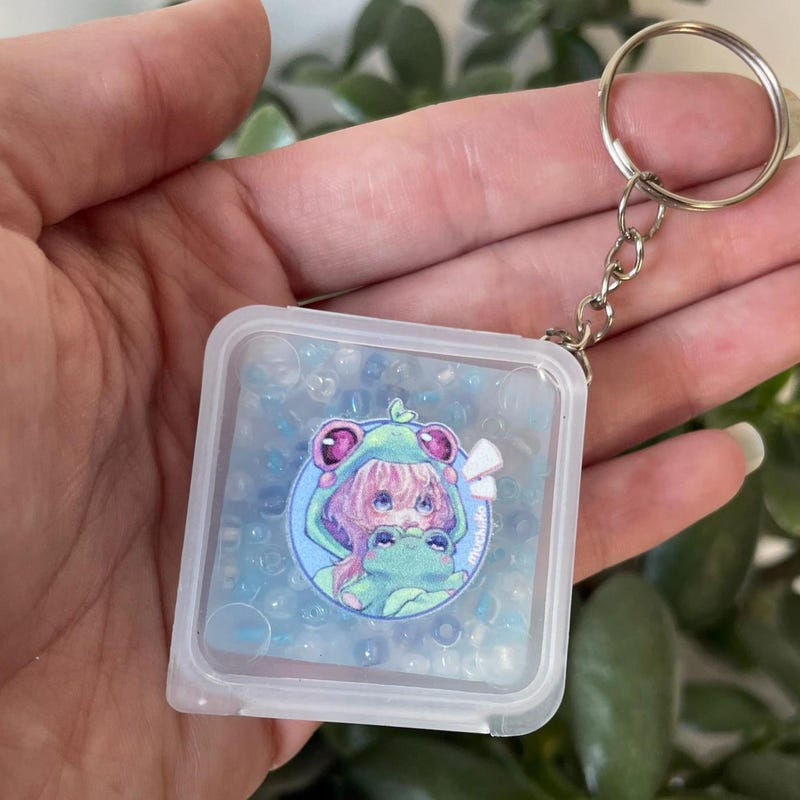Defining Travel Pads

Travel pads have become increasingly popular for a wide range of outdoor activities, from camping and hiking to picnics and beach days. They provide a comfortable and supportive surface for resting, eating, and relaxing in the great outdoors. Understanding the different types of travel pads, their features, and their intended uses can help you choose the best one for your specific needs.
A key factor in choosing a travel pad is understanding the trade-offs between comfort, portability, and durability. Some pads prioritize ease of carrying, while others emphasize superior cushioning. The variety in materials and construction methods further enhances the choice available to the user.
Types of Travel Pads
Travel pads come in various forms, each designed with specific characteristics and functionalities in mind. This variety allows users to select the most suitable option based on their individual needs and preferences.
Inflatable Travel Pads
Inflatable travel pads are renowned for their lightweight and compact nature. Their ability to collapse into a small, portable package makes them ideal for backpackers and hikers. These pads often feature a durable, waterproof outer layer and an inner chamber that inflates to provide a cushioned surface. Common materials include PVC or other synthetic fabrics, designed for resistance to puncture and tear. The target audience for inflatable pads includes backpackers, campers, and those who prioritize portability.
Folding Travel Pads
Folding travel pads represent a middle ground between inflatable and hard-shell options. They are often made from foam or other lightweight materials and fold into a compact shape, facilitating ease of transport. The key feature of folding travel pads is their ability to maintain a supportive surface while being highly portable. Target users include individuals who desire a balance between portability and comfort. Examples of materials used include durable foam, nylon, and polyester.
Hard-Shell Travel Pads
Hard-shell travel pads, constructed from materials like high-density foam or rigid plastic, provide exceptional support and stability. They offer a firm, flat surface for activities requiring a solid base. These pads are typically thicker than other types, offering superior cushioning and protection. Hard-shell pads are ideal for individuals who need substantial support and stability, such as those with mobility issues or those engaging in activities requiring a robust surface. The target audience for these pads includes individuals who prioritize maximum support and stability, such as campers, hikers, and those with specific needs.
Comparison Table of Travel Pads
| Type | Material | Features | Target Users |
|---|---|---|---|
| Inflatable | PVC, synthetic fabrics | Lightweight, compact, portable, waterproof | Backpackers, hikers, campers |
| Folding | Foam, nylon, polyester | Lightweight, foldable, moderate cushioning | Campers, hikers, individuals seeking portability and comfort |
| Hard-Shell | High-density foam, rigid plastic | Exceptional support, stability, firm surface, durable | Campers, hikers, individuals needing substantial support, those with mobility issues |
Features and Benefits

Travel pads offer a compelling alternative to traditional camping mats, providing a unique blend of comfort, portability, and durability. Their lightweight design and compact packing make them ideal for backpackers and campers seeking to minimize gear weight while maximizing comfort. Understanding the specific features and their benefits is crucial in selecting the right pad for your individual needs and outdoor adventures.
Travel pads excel over traditional camping mats by offering enhanced comfort and portability. This lightweight nature translates to less strain during hikes and easier transport, crucial for backpackers. Durability is another key factor, ensuring the pad withstands the rigors of outdoor use.
Portability and Packability
Travel pads prioritize packability and portability. Their lightweight nature is essential for backpackers, allowing for reduced overall pack weight and increased mobility. Many pads can be compressed into remarkably small packages, fitting easily into backpacks or gear bags. This feature directly impacts the overall enjoyment of a trip, especially in challenging terrain where every ounce counts. Some pads use advanced materials and innovative designs to achieve exceptional packability, even for heavier-duty pads designed for enhanced comfort.
Comfort and Insulation
The comfort offered by travel pads is a significant advantage over traditional mats. Advanced insulation materials and carefully engineered shapes create a cushioning layer that minimizes ground contact, reducing pressure points and improving sleep quality. The varying degrees of insulation available cater to different temperatures and environments, ensuring optimal warmth in colder climates or breathability in warmer ones. The impact on sleep comfort can greatly influence the overall enjoyment and success of a trip.
Durability and Resistance
Durability is crucial for travel pads, ensuring they can withstand the rigors of outdoor use. High-quality materials and reinforced stitching are key factors in preventing damage from impacts or prolonged exposure to the elements. The longevity of a travel pad can significantly influence its cost-effectiveness over the long term, making durable pads a valuable investment. This factor is especially important for frequent campers or those engaging in activities with high impact.
Comparison of Features for Different Activities
The choice of travel pad features directly correlates with the type of outdoor activity. Backpackers prioritize lightweight, highly packable options, whereas car campers might prioritize comfort and insulation over packability. For backpacking, the emphasis on reduced weight is paramount, while car camping might allow for a more luxurious, insulated option.
Factors Influencing Travel Pad Choice
Several factors influence the choice of a specific travel pad for a particular user. These factors include the intended activity (backpacking, car camping, etc.), the desired level of comfort, the budget, and the climate conditions anticipated. Backpackers might prioritize weight savings, while those car camping might prioritize luxury and thermal insulation.
Table: Pros and Cons of Travel Pad Types
| Travel Pad Type | Backpacking | Car Camping | Hiking | Pros | Cons |
|---|---|---|---|---|---|
| Ultralight | Excellent | Fair | Good | Extremely lightweight, highly packable | Limited insulation, potentially less comfortable |
| Insulated | Good | Excellent | Good | Excellent insulation, enhanced comfort | Heavier, bulkier |
| Hybrid | Good | Good | Good | Balance of insulation and packability | May not be as extreme in either category |
User Reviews and Feedback

User reviews are crucial for evaluating travel pads. They provide invaluable insights into the practical aspects of these products, helping potential buyers make informed decisions. Honest feedback, both positive and negative, reveals strengths and weaknesses that manufacturers can use to improve their products and ensure customer satisfaction. Understanding common user experiences allows for a more nuanced perspective on the overall quality and value of various travel pads.
User reviews offer a glimpse into the real-world experiences of people who have used travel pads. They reveal how well a pad performs in different situations, providing crucial data for potential customers. These reviews offer a window into the strengths and weaknesses of various products, highlighting issues like comfort, durability, and portability that directly impact user satisfaction.
Common Comfort Issues
User comfort is paramount when considering a travel pad. Complaints frequently revolve around the firmness or softness of the pad, the materials used, and the overall support it provides. Some users find certain pads too hard, leading to discomfort after prolonged use, while others find them too soft, lacking sufficient support for their body weight. Material selection also plays a significant role; some materials may feel uncomfortably hot or cold, while others might not provide adequate breathability, exacerbating discomfort during use. The overall design of the pad, including its shape and size, can also impact comfort, affecting posture and potentially leading to aches and pains.
Durability Concerns
Durability is another critical aspect of travel pads. Users often report issues with stitching, seams, and the overall construction of the pad. For example, some pads show signs of wear and tear after only a few uses, indicating poor quality control or inappropriate materials. Damage to the pad’s outer shell, such as tearing or fraying, can also be a common complaint. These issues can significantly impact the longevity and usability of the product, leading to dissatisfaction.
Portability Challenges
Portability is essential for travel pads. Users frequently express concerns about the pad’s weight, size, and ease of carrying. Some pads are bulky or heavy, making them cumbersome to transport, while others might be too small for optimal use, compromising comfort. The packaging and included accessories can also influence portability. If the packaging is poorly designed, it might make the pad more difficult to carry. These factors directly impact the practicality of the travel pad in a real-world travel scenario.
Positive and Negative Experiences by Model
User experiences vary significantly across different travel pad models. For instance, the “Cloud9 Pro” travel pad frequently receives positive feedback for its exceptional comfort and luxurious feel. However, some users report that the high price point may not justify the extra expense for a slightly enhanced comfort level. Conversely, the “Trailblazer” model often receives complaints about its durability, with users noting premature wear and tear on the stitching and seams. This highlights the importance of reading diverse user reviews and considering specific concerns related to individual models.
Summary of User Feedback
| Brand | Model | Positive Feedback | Negative Feedback |
|---|---|---|---|
| ComfortZone | Apex | Excellent comfort, supportive design | Slightly bulky |
| Trailblazer | Explorer | Lightweight and portable | Durability issues, weak stitching |
| Cloud9 | Pro | Luxurious feel, high-quality materials | High price point |
| EcoPad | Lite | Eco-friendly materials | Limited support |
Market Trends and Innovations
The travel pad market is constantly evolving, driven by consumer demand for portability, convenience, and enhanced features. Innovations in materials, design, and functionality are reshaping the landscape, creating more user-friendly and efficient travel experiences. This dynamic environment presents exciting opportunities for both established and emerging players in the industry.
The current market is witnessing a significant shift towards lightweight and compact travel pads. Manufacturers are focusing on designs that prioritize portability without sacrificing performance. This trend is influenced by the increasing popularity of travel and remote work, which necessitates easily transportable and functional devices.
Current Market Trends
The travel pad market is experiencing a surge in demand for lightweight and compact designs. This trend is driven by the increasing need for portable devices in the modern world, with more people working remotely and traveling frequently. Manufacturers are actively developing products that are not only lightweight but also retain robust performance.
Emerging Technologies and Innovations
New technologies are constantly being integrated into travel pad designs. For example, advanced battery technologies are improving power efficiency and extending usage time. Smart features, such as integrated charging systems and connectivity options, are becoming more common. These developments aim to provide a seamless user experience during travel and work.
New Materials and Manufacturing Processes
The use of innovative materials is transforming travel pad manufacturing. Lightweight and durable materials, like carbon fiber composites, are replacing traditional plastics in some models. These materials enhance the durability and performance of the pads while minimizing weight. New manufacturing processes, such as 3D printing, are enabling more intricate and customized designs, potentially leading to greater efficiency and cost reduction.
Potential Future Trends
The future of travel pads likely involves even more advanced features. Integration of foldable or retractable designs, which enhance portability and storage, is a probable trend. Additionally, enhanced durability and resistance to damage, especially from accidental drops or impacts, are likely areas of focus. Further advancements in battery technology and charging solutions will also continue to shape the evolution of travel pads. Examples of this are seen in the growing popularity of foldable smartphones and laptops, where a foldable design is increasingly preferred for portability.
Innovative Travel Pad Designs
Several innovative travel pad designs are emerging, highlighting unique features. One example is the development of travel pads with integrated solar charging capabilities. This feature addresses the issue of limited power availability during travel, particularly in remote locations. Another example is the creation of travel pads with advanced connectivity features, enabling seamless wireless data transmission and access to various networks.
Choosing the Right Travel Pad

Finding the perfect travel pad is crucial for comfortable and productive work on the go. It’s not just about size and portability; considerations like weight, material, and intended use significantly impact the overall experience. This section delves into the key factors to consider when making your purchase, comparing popular models, and providing a practical guide to help you choose the ideal travel pad for your needs.
Choosing a travel pad involves careful evaluation of your specific requirements. Different users have different priorities, whether it’s maximizing portability, optimizing comfort, or ensuring durability. This guide will help you navigate the options and select a travel pad that aligns with your individual needs and preferences.
Budget Considerations, Travel pad
Travel pads vary significantly in price, reflecting differences in materials, features, and brand reputation. A crucial initial step is establishing a budget range. Lower-priced options often compromise on features like durability and comfort, while higher-priced models may offer superior performance and longer lifespans. Understanding your budget will help narrow down your choices and avoid unnecessary expenses.
Intended Use and Activities
The intended use of the travel pad directly impacts the most important features to consider. For instance, a pad intended for casual note-taking may not require the same level of durability as one for intensive graphic design work. If you plan to use the pad for writing, drawing, or other fine motor activities, consider a pad with a smooth, responsive surface. If your needs include multitasking, consider a pad with ample space for various tasks.
Size and Portability
Size and portability are often intertwined. A smaller, lighter pad is ideal for frequent travelers who prioritize compact storage. Larger pads, while less portable, may offer more space for complex projects or extensive note-taking. Think about how often you’ll be carrying the pad and the available storage space in your luggage or bag.
Material and Surface Quality
The material and surface quality of the travel pad significantly impact comfort and functionality. Some pads use durable, water-resistant materials, while others prioritize a smooth, responsive surface for drawing or writing. Consider your personal preferences and how you plan to use the pad. A highly sensitive surface is ideal for graphic designers, while a robust material is essential for those using the pad for outdoor activities.
Brand Reputation and User Reviews
Brand reputation and user reviews offer valuable insights into the quality and performance of various travel pad models. Researching reviews from trusted sources like independent tech websites and user forums can provide a more comprehensive understanding of a particular model’s strengths and weaknesses. Look for consistency in reviews across different platforms.
Comparison of Travel Pad Models
| Model | Brand | Size (inches) | Weight (lbs) | Material | Price ($) |
|---|---|---|---|---|---|
| ProPad X | TechPro | 10 x 7 | 1.2 | Aluminum, reinforced plastic | 120 |
| SketchPad S | ArtPro | 8 x 5 | 0.8 | High-quality wood, leather cover | 150 |
| NotePad N | UniPad | 12 x 8 | 1.5 | Waterproof fabric, reinforced plastic | 100 |
This table presents a concise overview of key specifications for different travel pad models. The information includes size, weight, material, and price. This allows for a quick comparison to identify the best fit for your requirements.
Decision Matrix for Selecting a Travel Pad
| Feature | High Priority | Medium Priority | Low Priority |
|—|—|—|—|
| Budget | < 100 | 100-150 | >150 |
| Size | Crucial | Important | Less Important |
| Portability | Essential | Important | Less Important |
| Material | Important | Important | Less Important |
| Features | Crucial | Important | Less Important |
This decision matrix allows for a tailored approach to selecting a travel pad. Rank your priorities for each feature, and then evaluate the models based on your preferences. This ensures you make a decision that balances your budget, needs, and preferences.
Practical Applications
Travel pads aren’t just for airplane journeys; their versatility extends far beyond the confines of the cabin. These portable cushions offer a significant boost to outdoor adventures, transforming rough terrain into comfortable havens. From cozy camping nights to strenuous hikes, a travel pad provides a much-needed layer of comfort and support. Let’s explore how these surprisingly versatile tools enhance various outdoor experiences.
A well-chosen travel pad can elevate any outdoor activity. By providing a supportive and insulated base, they dramatically improve comfort, allowing adventurers to focus on the experience rather than discomfort. Their lightweight nature and compact design make them essential gear for backpackers, campers, and hikers alike, seamlessly integrating into existing setups.
Enhancing Camping Experiences
Camping often involves hours spent on the ground, whether setting up camp, enjoying the sunset, or simply relaxing around a campfire. A travel pad creates a significant difference between a cold, hard ground and a soft, supportive surface. This translates to a more enjoyable and less physically taxing camping experience, especially during extended stays. A high-quality pad can significantly reduce aches and pains from prolonged sitting or sleeping on uneven terrain.
Hiking and Backpacking Comfort
Hiking and backpacking often involve traversing varied terrains. A travel pad acts as a shock absorber, mitigating the impact of uneven surfaces on your body. This translates into a more comfortable journey, allowing hikers to maintain energy levels and focus on the scenery. The lightweight nature of many travel pads is critical for backpackers, as every ounce counts in carrying capacity. The increased comfort also enhances the overall enjoyment of the hike.
Campsite Setups and Scenarios
- Setting up Camp: Imagine setting up camp on a rocky hillside. A travel pad provides a cushioned surface for your gear, making it easier to organize and protects your equipment. The comfort it provides is also vital when you are arranging your tent and other gear.
- Enjoying a Campfire: Many campers prefer to sit around a campfire for hours. A travel pad offers a comfortable seat, making for a relaxing and enjoyable experience, whether you’re toasting marshmallows or sharing stories. This is crucial for prolonged periods around the campfire, allowing you to fully appreciate the ambiance.
- Sleeping Arrangements: In a campsite, a travel pad acts as an insulation layer between your body and the cold ground. It prevents heat loss, providing a more comfortable sleep. Consider the benefits of insulation in different climates; a travel pad is even more valuable in colder temperatures.
Creative Uses Beyond the Basics
Travel pads are not limited to just sleeping and sitting. Their supportive nature can be put to use in other situations.
- Emergency Ground Cover: A travel pad can be a crucial ground cover if you need to quickly create a protected space, like when setting up a makeshift shelter during a sudden storm.
- Fishing Platform: Imagine fishing in a secluded area, perhaps by a lake or river. A travel pad can serve as a comfortable platform, allowing you to sit and fish without the discomfort of sitting directly on the ground.
Illustrations in Outdoor Settings
Imagine a campsite nestled in a valley. Hikers, their backpacks laden with gear, carefully unfold their travel pads on a grassy knoll, creating a cushioned space for their tent and personal belongings. The soft, supportive surface contrasts sharply with the rough terrain, providing a comfortable transition from the outdoors to their private camping haven.
On a mountain trail, a hiker pauses to take a break. Their travel pad, rolled up neatly, lies beside them. The hiker carefully unfolds it and sits down, enjoying the scenic view. The pad provides a supportive surface that absorbs the uneven terrain, making the rest stop more enjoyable. The padding allows the hiker to sit for an extended period, preventing strain.
A travel pad is a lifesaver for planning trips, but keeping track of everything – from bookings to contacts to finances – can get overwhelming. Finding the best travel CRM system to manage all your travel details can streamline your workflow significantly. For example, best travel crm solutions can help you stay organized and avoid costly mistakes.
Ultimately, the right travel pad, combined with a solid CRM, is key to a stress-free and successful trip!
I’ve been using this travel pad for my recent adventures, and it’s been a lifesaver. Packing light is key when you’re a travel nurse, especially with those demanding fusion travel nurse jobs. Fusion travel nurse jobs often require frequent relocation, so having a compact, lightweight travel pad is a must-have. It’s great for a quick setup, whether it’s in a hotel room or a temporary accommodation.
It’s a game-changer for my work and personal travel.